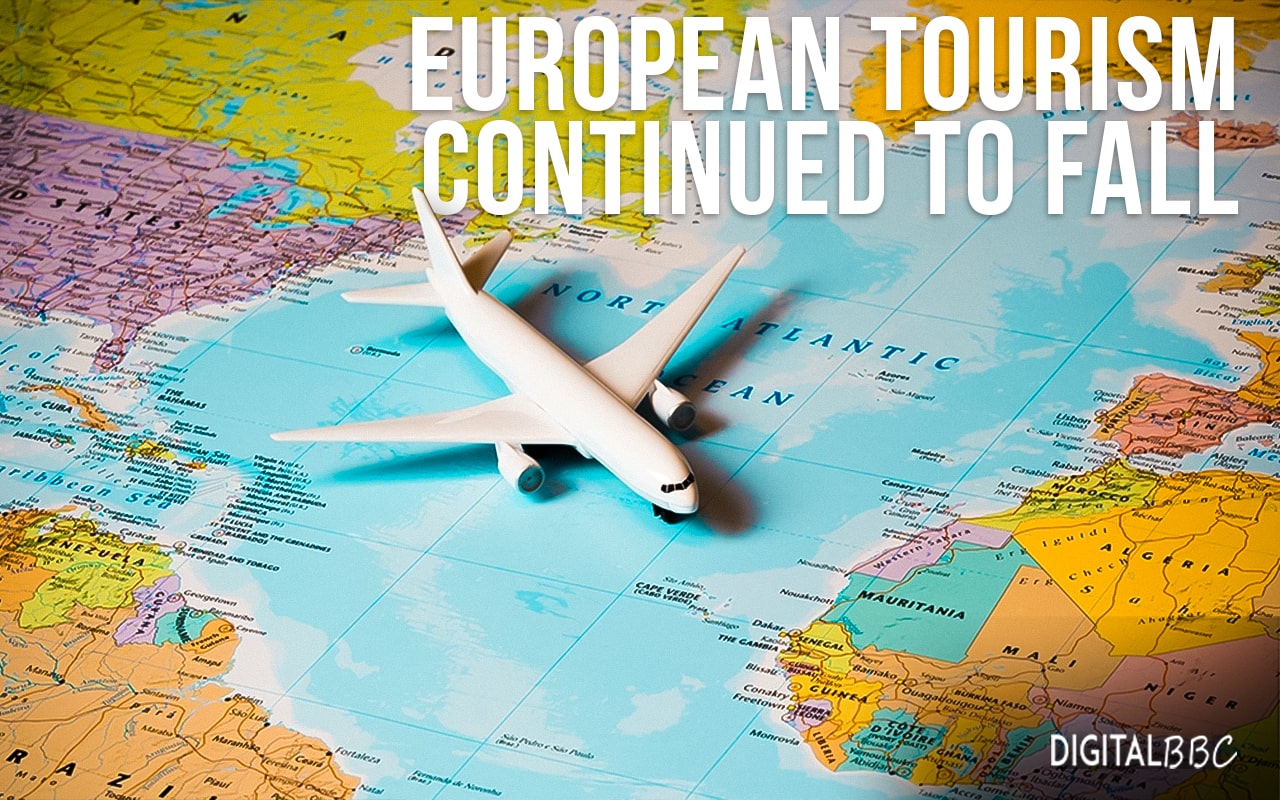By the conclusion of 2023, European tourism had exhibited a strong resurgence, nearing levels seen before the pandemic despite facing inflationary challenges. According to the most recent release of the ‘European Tourism Trends & Prospects’ quarterly report by the European Travel Commission (ETC), which analyzes the tourism performance and economic indicators in the region during the latter part of 2023, foreign tourist arrivals across reporting destinations were only 1.6% below 2019 figures, with nights showing a slight decrease of 0.6%. This indicates resilient travel demand across Europe, a trend expected to persist into 2024.
The revival in tourism is primarily driven by robust intra-European travel, particularly from countries like Germany, France, and the Netherlands. While long-haul arrivals are also increasing, the pace varies notably across regions, with disparities seen between areas such as the Asia-Pacific and North America.
Throughout the final months of 2023, European travel demonstrated resilience, with a significant portion of destinations reporting either a complete recovery or arrivals and overnights within 10% of pre-pandemic levels. Southern European destinations, buoyed by favorable weather extending into the shoulder season, emerged as frontrunners in this recovery. Countries like Serbia, Portugal, Montenegro, Turkey, and Malta experienced notable surges in arrivals, attributed partly to their popularity for all-inclusive holidays and affordability, appealing to budget-conscious travelers.
Additionally, several countries achieved remarkable rebounds compared to 2019 figures. Despite facing challenges like volcanic eruptions, Iceland saw a 12% increase in arrivals, while the Netherlands recorded a 16% growth in tourist nights, indicating longer stays despite a modest 2% rise in arrivals.
In contrast, Eastern European destinations bordering Russia experienced a slower recovery, with countries like Lithuania, Latvia, Estonia, and Finland trailing behind, showing significant declines compared to 2019.
The resurgence in both arrivals and nights across Europe occurs amidst inflation affecting both the industry and tourists. With significant increases in tourism-related costs such as foreign airfare, package vacations, and hotel rates, Q4 2023 inflation increased by 23% over 2019. Most passengers haven’t been discouraged, despite these increasing charges being a burden on household finances.
While the return of Chinese tourists has been gradual since China’s reopening, their numbers remain significantly below pre-pandemic levels, with arrivals in 2023 standing at 67% lower. This contrasts with the average decline of 22% seen in other long-haul source markets.
Factors such as risk aversion and a preference for domestic travel have contributed to the slower rebound from the Chinese market. Nevertheless, European destinations can expect further recovery from this market in 2024, with anticipated changes in travel preferences influenced by generational shifts and social media trends towards luxury and authentic experiences.
Conversely, North American markets, including the US and Canada, have witnessed a substantial recovery. A significant majority of European destinations reported growth in arrivals and overnights from the US, with over half seeing the same from Canada. Furthermore, developments in combined flight-rail booking systems offered by American and Canadian airlines present a more sustainable travel option within Europe.



